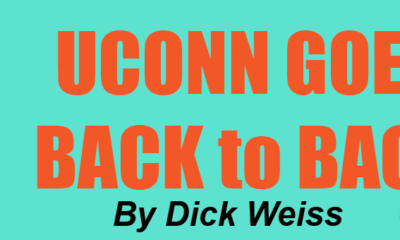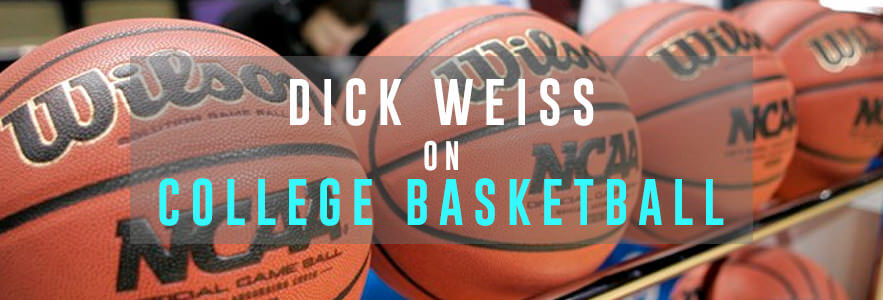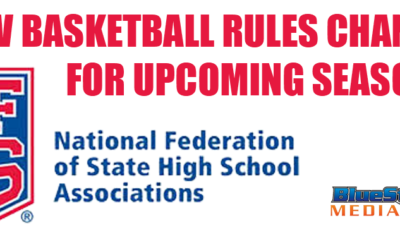If the the plaintiffs in the O’Bannon vs. the NCAA win their case, college athletes at high resource schools could be looking at a huge chunk of revenue, under a plan proposed by USF eonomist Daniel Rascher.
Rascher, testifying for the plaintiffs, theorized football players in the five power conferences could make several hundred thousand dollars in their college careers if they were paid a portion of the broadcast rights to games similar to what NFL players now get. Basketball players would do even better, with some earning more than $1 million over four years if schools split their broadcast revenues equally with athletes. That figure, he testified, could rise even higher as billions of dollars in TV contracts for the rights to games are re-negotiated.
Rascher testified Friday that the figures are at the high end of his model because they come close to the 55 percent of broadcast revenue the NFL shares with its players. He admitted he did other models that would give players as little as 10 percent of revenues if they were allowed to share in broadcast rights.
Rascher’s testimony came during the much anticipated antitrust trial brought in an Oakland federal court against the NCAA by former UCLA basketball star Ed O’Bannon and 19 others who are seeking an injunction that would allow players to sell the rights to their names, images and likenesses with the money likely being put in a trust fund and given to them after they leave college.
The NCAA has already indicated it will take the take the issue all the way to the Supreme Court if it loses in a bench trial before U.S. District Judge Claudia Wilken, claiming that maintaining amateurism is best for both the football and Division I basketball players as well as the thousands of other athletes in other college sports.
Rascher based his studies on how much money is being made in college sports and his contention colleges would not be hurt if they used some of the money now spent on facilities and coach’s salaries to pay athletes. NCAA attorneys have suggested the competitive balance in college sports would be upset if the richer schools paid athletes more than the ones with smaller budgets, saying his research shows that athletes recruited by both big and medium-sized universities almost always sign with the bigger school.
Rascher said data submitted to the U.S. Department of Education that showed Division I basketball schools and FBS football programs took in $4.5 billion in revenue in the 2012-13 school year. Rascher went on to said 65 of the 69 schools in the power five conferences had profitable football programs, with a net surplus of $1.3 billion on revenue of $2.7 billion. The University of Texas alone made $81 million on revenue of $109 million in its football program, which Rascher said that didn’t include millions more from alumni and booster donatations.















